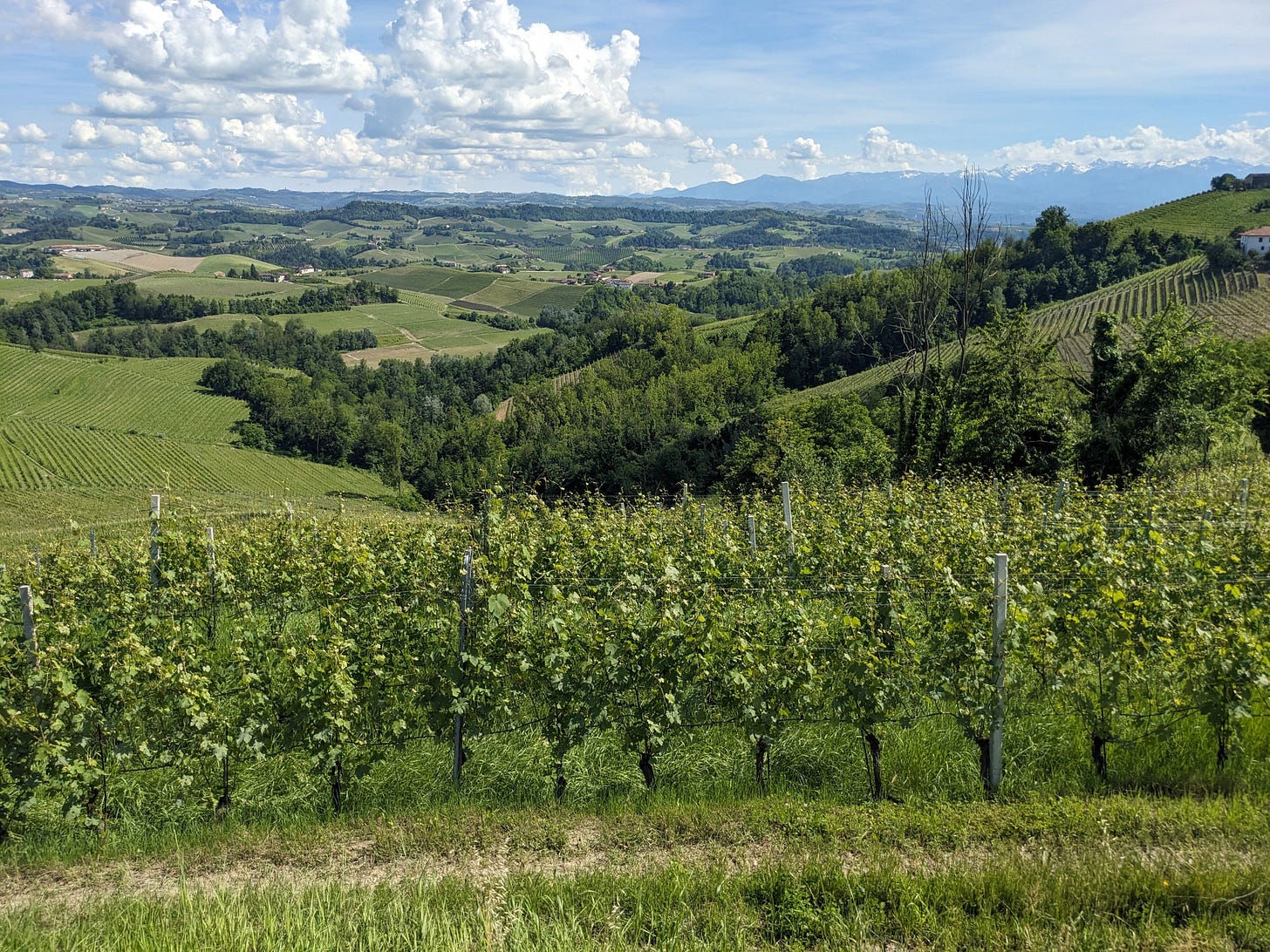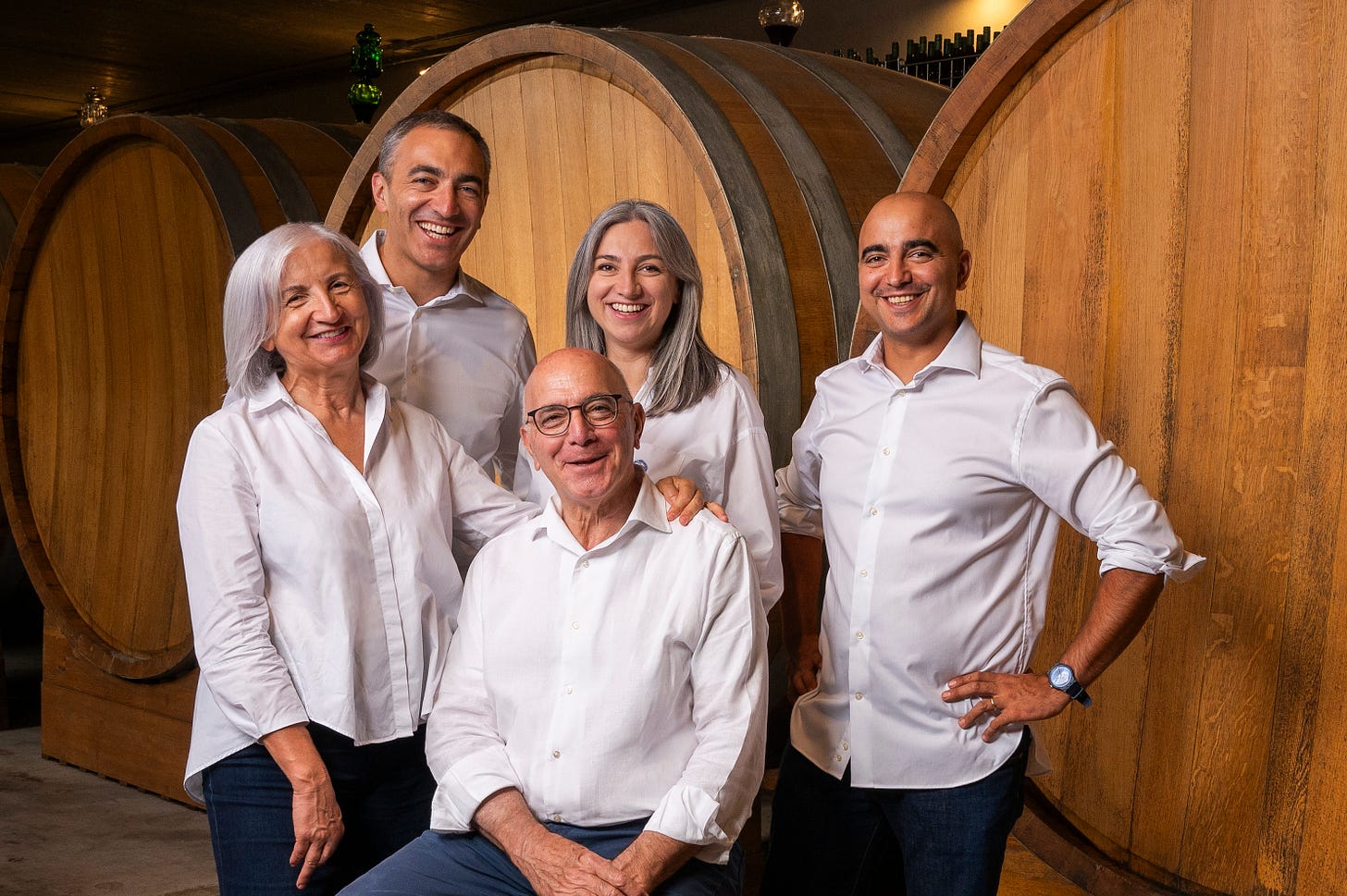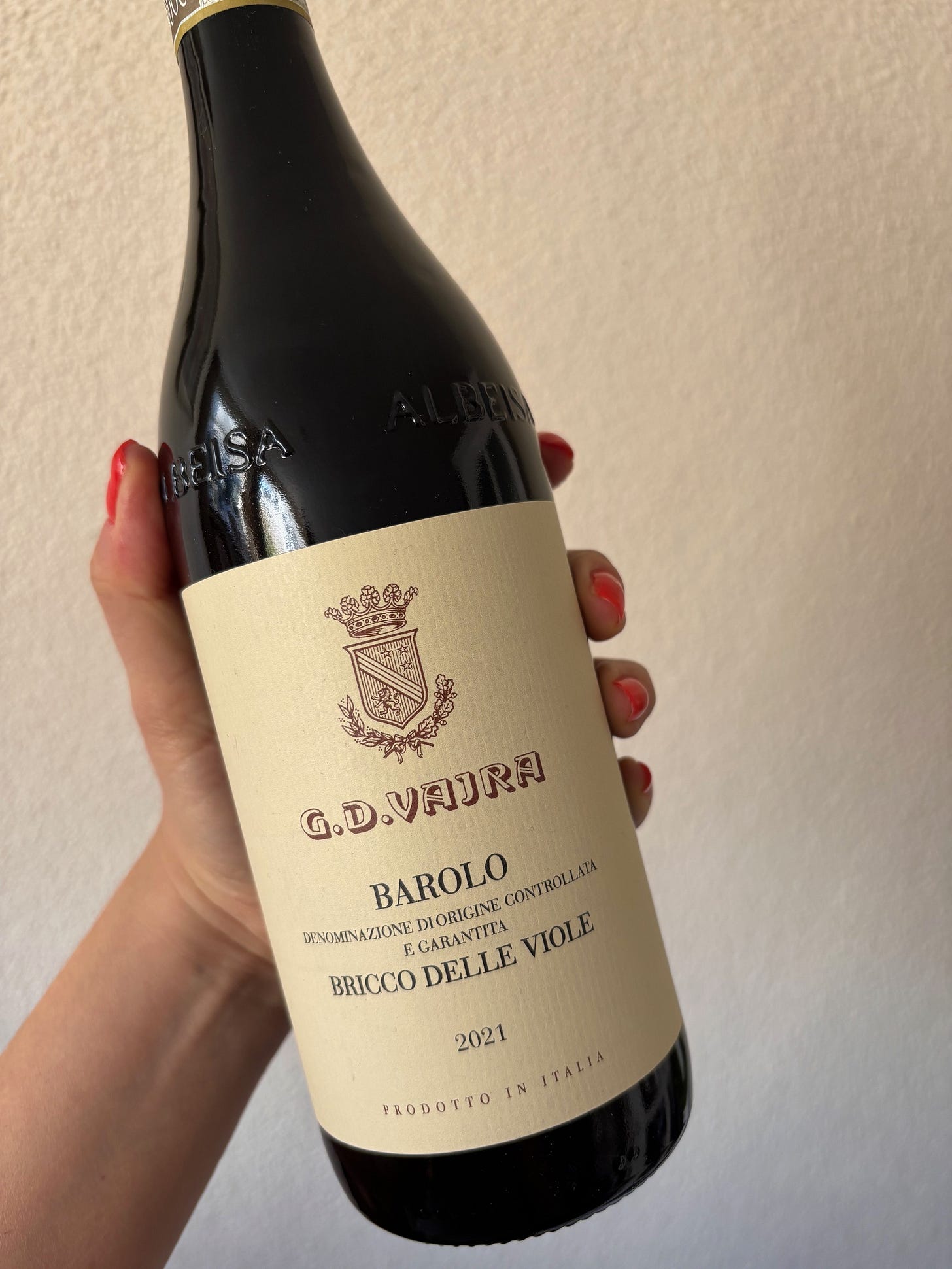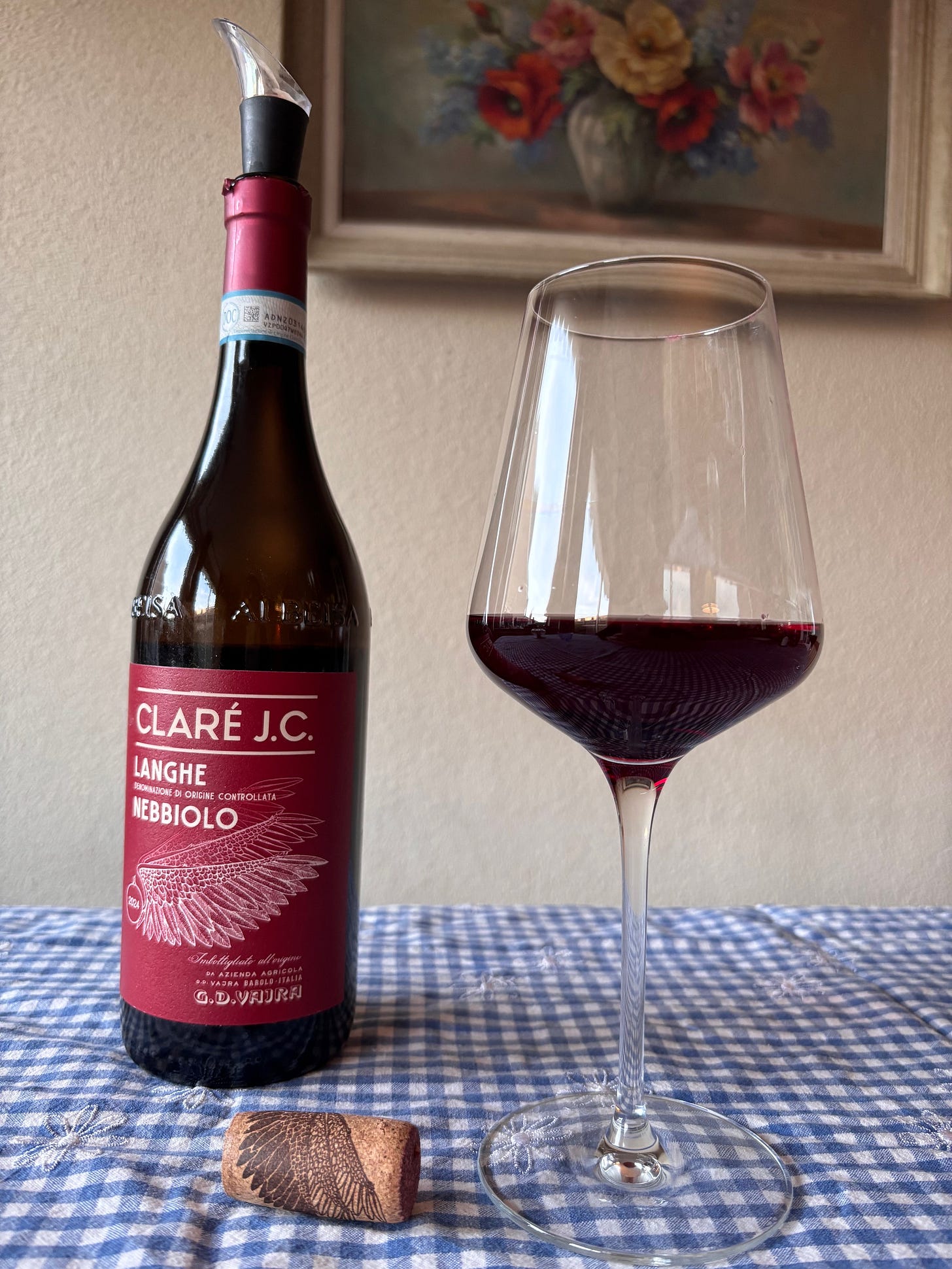Wine Discoveries: G.D. Vajra
It’s always a joy for a wine lover to discover a winery where philosophy, history and family spirit come together as seemlessly as they do at G.D. Vajra. The family-run estate in the Langhe region of Piemonte is located on the western hill of Barolo, occupying some of the highest vineyard sites in the area. The name ‘Vajra’ keeps the traditional spelling of the family name, while ‘G.D.’ honors Aldo Vaira’s father, Giuseppe Domenico, who entrusted Aldo with the first parcels of what would become the iconic Bricco delle Viole vineyard, now synonymous with the Vajra style.
“Vajra is the story of a crazy, rebellious kid, and that’s my dad,” said Giuseppe Vaira, during a recent Zoom tasting with Studio Cru. When Aldo took part in a student protest in Turin at the age of 15, his father, worried about his future, sent him back to the family farm to keep him out of trouble. It was there, among the vines in the summer of 1968, that Aldo discovered his true passion for farming. “Vajra was born from the heart of a young man who wasn’t afraid of the sacrifices and hard work that come with this life,” Giuseppe explains. “At a time when most Italians were moving to the cities for a better life, he chose to stay behind, driving a tractor and working the land.” Aldo later earned a degree in viticulture and became a professor, blending a deep respect for tradition with a modern, forward-looking approach. He became known as “the most modern of the traditionalists and the most traditional of the modernists.”
In 1971, Vajra became one of the first estates in the region to adopt organic farming, well ahead of its time, and was among the first to earn organic certification. Aldo’s commitment never wavered, and today, the vineyards are also guided by Aldo’s wife, Milena and their children, Giuseppe, Francesca and Isidoro.
Today, the Vajra family farms 80 hectares of vineyards in a prime location. “Being up high means cooler nights and slower ripening in the summer,” says Giuseppe. “Back in the 1970s, that was considered a disadvantage, as everyone wanted the warmer, lower vineyards where fruit ripened earlier. But now, with climate change, we see this as an incredible blessing. The cooler conditions and avoidance of harsh afternoon heat spikes, allow for a slower, more even ripening, preserving aromatics.”
During the tasting, I sampled six of their wines. Below, I highlight two personal favorites, along with suggested plant-based pairings.
Barolo Bricco delle Viole
The 2021 G.D. Vajra Barolo Bricco delle Viole is a standout expression of Nebbiolo from one of Barolo’s highest and most refined crus. This vintage is already receiving acclaim for its elegance and aromatic complexity.
The bouquet is both nuanced and expressive, revealing layers of dark cherries, red currants and floral aromas of violets. On the palate, the wine is full-bodied, with red fruits, subtle notes of licorice and earthy undertones. Its structure is supported by polished, silky tannins and a bright, balanced acidity, contributing to its elegance, depth and persistent, flavorful finish.
Suggested pairing: Black truffle risotto with (plant-based) steak
I paired this Barolo with a black truffle risotto crowned with a plant-based steak. The rich, aromatic depth of the truffle complemented the wine’s complexity, while the creamy risotto highlighted its silky tannins.
Langhe Nebbiolo Claré J.C.
The 2024 vintage of G.D. Vajra’s Claré J.C. continues the winery’s tradition of crafting a lighter, more youthful expression of Nebbiolo, inspired by historical winemaking techniques. This wine offers a fresh and vibrant profile, making it an excellent choice for those seeking a more approachable red.
The wine presents an aromatic bouquet with lively notes of raspberries, pomegranate, ripe cherries and rose petals complemented by hints of beetroot and rosemary. These aromas create an inviting and expressive nose that reflects the wine’s youthful character. On the palate, juicy strawberries mingle with a touch of pepper to create a wine that is deliciously zesty with a beautifully bright acidity and plenty of freshness. Its delicate tannins are well-integrated, providing structure without being overpowering. To fully appreciate its vibrant and crisp character, I would serve it slightly chilled.
Interestingly, and perhaps one of the reasons why this wine so much appealed to me, was the story behind it. The inspiration for Claré J.C. started when Giuseppe discovered a detailed description about how Nebbiolo wines were made in the 1606 writings of Gian Battista Croce, a jeweler to the House of Savoia. “It described a style of wine that was completely different to what we knew, and was purposely done,” Giuseppe told us. “When you grow up in Barolo, you hear that Nebbiolo was once lighter, likely because people were ignorant of winemaking techniques. Reading Croce’s book, one realizes that they were purposely making a light style of wines.”
In fact, in Thomas Jefferson’s diaries there is reference to a trip to Piemonte in 1787. Among the pages emerges a description of the Nebbiolo wine tasted by Jefferson himself: “There is a red wine of Nebiule (Nebbiolo) made in this neighborhood which is very singular. It is about as sweet as the silky Madeira, as astringent on the palate as Bordeaux, and as brisk as Champagne. It is a pleasing wine.” I can only imagine how interesting reading this would be, as I have always been quite fascinated by Jefferson’s findings on both food and wine.
Claré J.C. is bottled shortly after fermentation to preserve a delicate off-dry finish and vibrant energy.
Suggested pairings: This wine goes beautifully with a variety of dishes, particularly those with earthy and fresh flavors. Try it with a roasted beetroot salad with arugula, pearl barley and walnuts, where the sweetness of the beets and the crunch of walnuts harmonize perfectly with the wine’s zesty, crisp profile. Claré J.C. ’s balance of freshness and subtle structure also makes it an excellent match for pasta dishes with light tomato sauces or fresh herbs.
You can read more about G.D. Vajra and their wines here.
More wines stories?
Check out my latest wine articles:
Rosé, toute l’année! The success story of Domaine des Diables
Roero: Less Famous, but No Less Beloved
The renaissance of Sicilian wines
Read more about my trip to this region here: Discovering the Langhe with Albeisa








